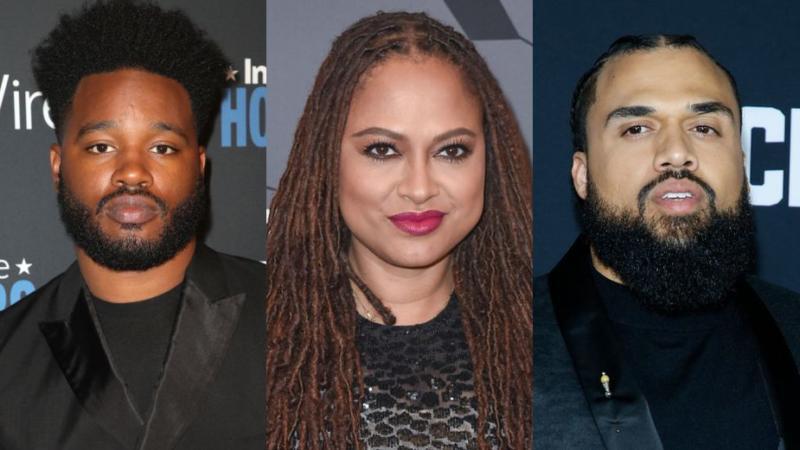The common consensus has been that 2018 was the year of the Black director. Now, we have statistical proof that the conventional wisdom is correct.
A new study by Professor Stacy L. Smith and the USC Annenberg Inclusion Initiative has found that for the first time in 10 years, Hollywood studios hired “a greater percentage” of Black directors. The study, called “Inclusion in the Director’s Chair,” analyzed 1,335 directors and the 1,200 highest-grossing films between 2007 and 2018 for race, age and gender. the study also analyzes producers and “multiple below-the-line film crew positions” over 300 films between 2016 to 2018, as well as women in executive and leadership positions.
“Sixteen of the directors of the top 100 movies last year were Black—this historically high figure is nearly three times greater than the 6 Black directors working in 2017 and twice as many as the 8 Black directors working in 2007,” said Smith in a statement. “While we do not see this finding mirrored among female or Asian directors, this offers proof that Hollywood can change when it wants to.”
Even though there is still work to be done in Hollywood, it’s good to know that what we could see in 2018 was, indeed, a shift in the industry’s collective thinking. As we reported in our 2018 coverage, some of the films that were the biggest box office draws last year include, of course, Black Panther, as well as BlacKkKlansman, The Hate U Give, Sorry to Bother You, Widows, Creed II, The Equalizer 2, A Wrinkle in Time and If Beale Street Could Talk, among others. Each of these films were helmed by Black directors including Ryan Coogler, Spike Lee, George Tillman Jr., Boots Riley, Steve McQueen, Steven Caple Jr., Antoine Fuqua, Ava DuVernay and Barry Jenkins. Incredibly, the films directed by four of these directors–Coogler, Fuqua, Caple, and DuVernay — grossed over $100 million in 2018, a marker of how much Black Hollywood has to offer the industry as well as the consuming audience.
However, change is still needed in certain areas. Between 2007 and 2018, only 4.3 percent of directors have been female, which the study breaks down as “a ratio of 22 males to every one female director.”
“Moreover, only five Black females, three Asian females, and one Latina have worked as directors on those 1,200 films, with no evident change over time,” states the study in its press release. Asian directors in general only represented 3.6 percent of 2018’s top 100 films (such as Jon M. Chu for Crazy Rich Asians and James Wan for Aquaman). Over the course of the 12 years studied, only 3.1 percent of the 1,335 directors were of Asian descent.
In short, while the results of the study are a mixed bag, there is one positive, and that is that Hollywood, for all its starts and stops, is indeed changing. Let’s hope the change happens even faster in 2019.
READ MORE:
Women Only Directed 8 Percent Of Hollywood’s Films In 2018, Down From 2017
Only Two Black Actors Are Represented In The Top 10 On ‘Highest Paid Actors On Television’ List
Photo courtesy: by John Lamparski/Getty Images, Aaron J. Thornton/FilmMagic, David Livingston/Getty Images

